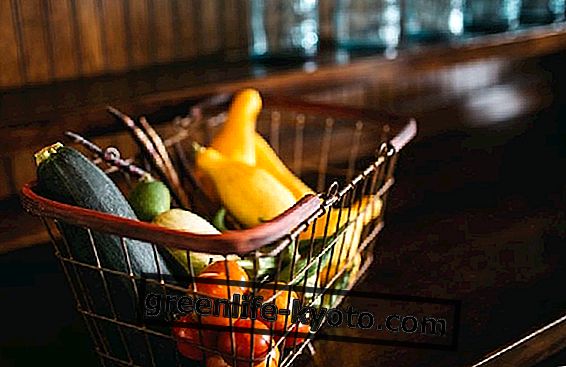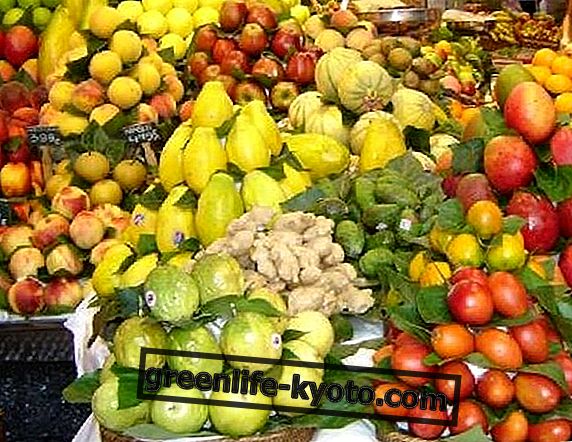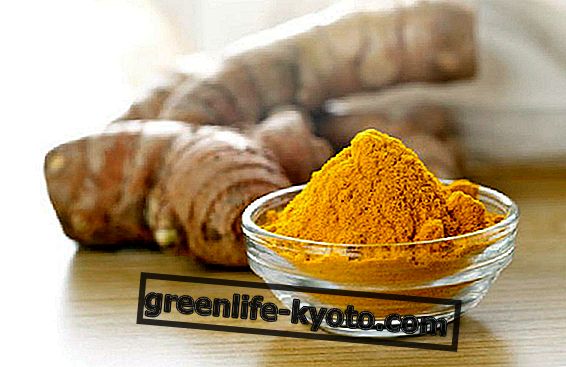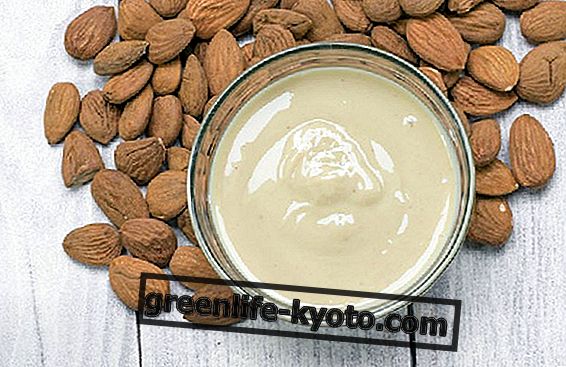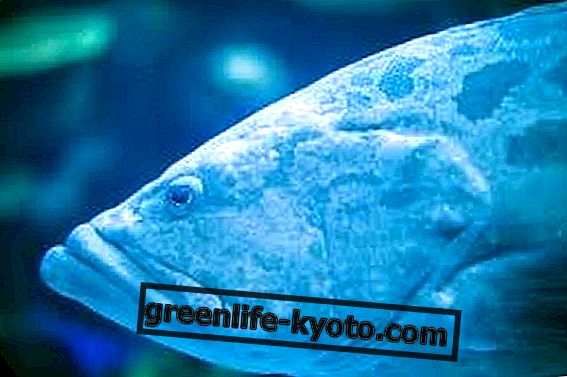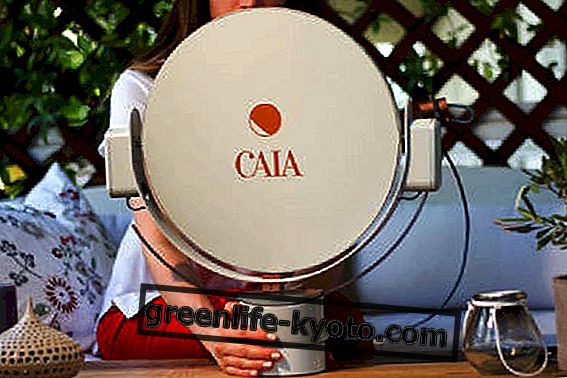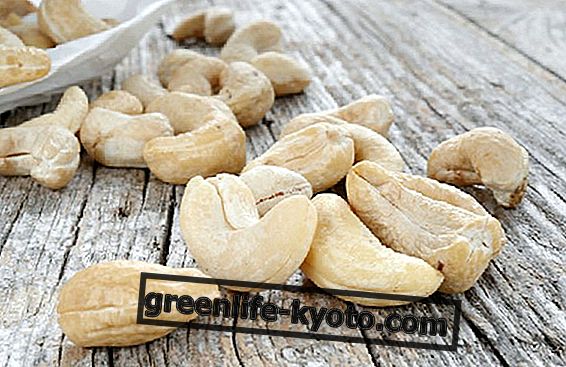
Wheat intolerance should not be confused with celiac disease, a condition of permanent lack of gluten tolerance.
In the case of wheat intolerance, one of the components of the grain may be responsible for the symptoms and the diagnosis must be made by an expert.
Wheat intolerance can also be temporary. Let's see how to recognize it from the symptoms.
Symptoms of wheat intolerance
Wheat intolerance, as happens due to the lack of tolerance to many other foods, manifests itself with non-specific symptoms, mainly affecting the gastrointestinal tract. For example:
- Presence of air in the stomach and intestines
- Abdominal swelling associated with pain
- Difficulty of digestion.
Sometimes this symptomatology can be associated with diarrhea, more rarely with constipation. Other symptoms are fatigue, cutaneous manifestations, weight gain, anemia and headache.
Symptoms are often mild and therefore it is not easy to reach the diagnosis, as the problem tends to be underestimated.
The alarm bell can be the appearance of the symptomatology after the consumption of foods and / or drinks that contain wheat: bread, pizza, biscuits ... but also beer and whiskey, for example.
Wheat intolerance, which foods should be avoided?
It is never a good idea to eliminate one or more foods from the diet without having consulted an expert and be certain that the cause of your illness is wheat, but this of course applies to any other intolerance.
The first thing to do, therefore, in the case of symptoms that can make people suspect the presence of wheat intolerance is to contact the doctor, who will prescribe all the tests necessary to reach a certain diagnosis.
In case of wheat intolerance, the progressive improvement of symptoms will occur by eliminating from the diet pasta, bread, sweets and other foods containing wheat .
It is also necessary to learn to read labels because wheat can also be present in products that are not immediately associated with wheat, for example ketchup, soy sauce, ice cream, sweets, sausages and other preserved meat products ...
Wheat intolerance, what to eat?
Gluten-free foods designed for people with celiac disease are often also indicated for those suffering from wheat intolerance but this is not always the case.
In fact, there are products based on deglutinated wheat that are good in the case of celiac disease but not for people sensitive to other cereal components.
Should we avoid bread, pasta and all baked goods? No, the important thing is to choose alternative flours, for example the pasta of barley, that of corn and that of rice can be consumed easily.
And millet, quinoa and oats can also be included in the diet. The commercial proposal based on cereals other than wheat is increasingly extensive and many alternative products can be found in all supermarkets, even in discount stores.
Wheat intolerance, some things you should know
- Despite its name, buckwheat does not belong to the same family as wheat . In fact, it is not a grass for which it can be introduced into the diet of those suffering from wheat intolerance.
- Sometimes wheat intolerance is associated with other food intolerances and, therefore, if the disturbances persist it is necessary to evaluate a possible sensitivity also to other cereals such as, for example, barley, oats and rye.
- The diet of those suffering from wheat intolerance is in most cases less restrictive than that of those suffering from celiac disease.
- Some people experience symptoms of wheat intolerance only when they practice physical exercise after consuming food at risk.
- Wheat intolerance is more common in infants and young children, as they have an immature digestive and immune system. With age it is often exceeded. In adults it is more common when other intolerances and / or allergies are present, for example pollen allergy.
- Khorasan KAMUT® wheat is a type of wheat and therefore is not indicated for those who are intolerant to wheat.
